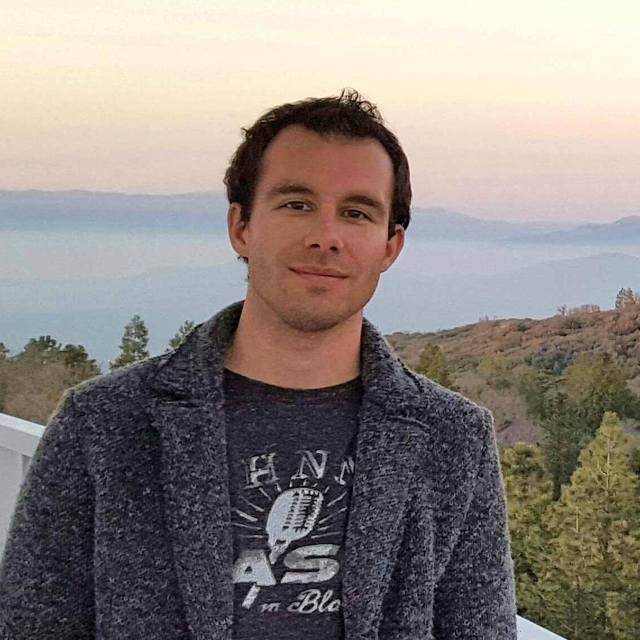October
2019
•
2019ApJ...884..133F
Authors
•
Faisst, Andreas L.
•
Capak, Peter L.
•
Emami, Najmeh
•
Tacchella, Sandro
•
Larson, Kirsten L.
Abstract
•
The redshift range z = 4-6 marks a transition phase between primordial and mature galaxy formation in which galaxies considerably increase their stellar mass, metallicity, and dust content. The study of galaxies in this redshift range is therefore important to understanding early galaxy formation and the fate of galaxies at later times. Here, we investigate the burstiness of the recent star formation history (SFH) of 221z ∼ 4.5 main-sequence galaxies at {log}(M/{M}⊙ )> 9.7 by comparing their ultra-violet (UV) continuum, Hα luminosity, and Hα equivalent-width (EW). The Hα properties are derived from the Spitzer [3.6 μm]-[4.5 μm] broadband color, thereby properly taking into account model and photometric uncertainties. We find a significant scatter between Hα- and UV-derived luminosities and star formation rates (SFRs). About half of the galaxies show a significant excess in Hα compared to expectations from a constant smooth SFH. We also find a tentative anticorrelation between Hα EW and stellar mass, ranging from 1000 Å at {log}(M/{M}⊙ )< 10 to below 100 Å at {log}(M/{M}⊙ )> 11. Consulting models suggests that most z ∼ 4.5 galaxies had a burst of star formation within the last 50 Myr, increasing their SFRs by a factor of >5. The most massive galaxies on the other hand might decrease their SFRs and may be transitioning to a quiescent stage by z = 4. We identify differential dust attenuation (f) between stars and nebular regions as the main contributor to the uncertainty. With local galaxies selected by increasing Hα EW (reaching values similar to high-z galaxies), we predict that f approaches unity at z > 4, consistent with the extrapolation of measurements out to z = 2.
Links




